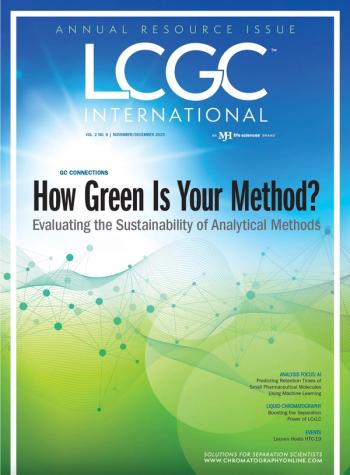
- The Column-05-24-2010
- Volume 6
- Issue 9
Underwater asphalt volcanoes
Ten miles off the Californian coastline, at the bottom of the Santa Barbara channel, domes rise from the Pacific Ocean floor. A paper published on-line in the journal Nature Geoscience identified these as a series of unusual underwater volcanoes.
Ten miles off the Californian coastline, at the bottom of the Santa Barbara channel, domes rise from the Pacific Ocean floor. A paper published on-line in the journal Nature Geoscience1 identified these as a series of unusual underwater volcanoes.
“They’re larger than a football-field-long and as tall as a six-storey building,” says David Valentine, a geoscientist at UCSB and the paper’s lead author. “When you ‘fly’ Sentry [an autonomous underwater vehicle] over the sea floor, all the textures are visible of a once-flowing liquid that has solidified in place,” says Valentine. But the volcanoes did not form from lava flow as with typical volcanoes. The sub’s robotic arm broke off a sample of the brittle, black material and the team used mass spectrometry, carbon dating, microscopic fossils and comprehensive, two-dimensional gas chromatography, to determine that the structures are asphalt. They were formed when petroleum flowed from the sea-floor about 30 000–40 000 years ago.
“To me, as an oil-spill chemist, this was very exciting,” said Chris Reddy, a scientist at WHOI and a co-author of the paper. “I got to find out what oil looks like after 35 000 years.” According to Reddy, it looks “incredibly weathered. That means nature had taken away a lot of compounds. These mounds of black material were the last remnants of oil that exploded up from below. To see nature doing this on its own was an unbelievable find.”
1D.L. Valentine, Nature Geoscience, on-line 25 April 2010.
Articles in this issue
over 15 years ago
Ultra-sensitive cocaine detectionover 15 years ago
Glycan Databaseover 15 years ago
A stem cells' metabolomeover 15 years ago
Structure-based Prediction of Retention Times for Chromatographyover 15 years ago
The Column Killers...Newsletter
Join the global community of analytical scientists who trust LCGC for insights on the latest techniques, trends, and expert solutions in chromatography.



